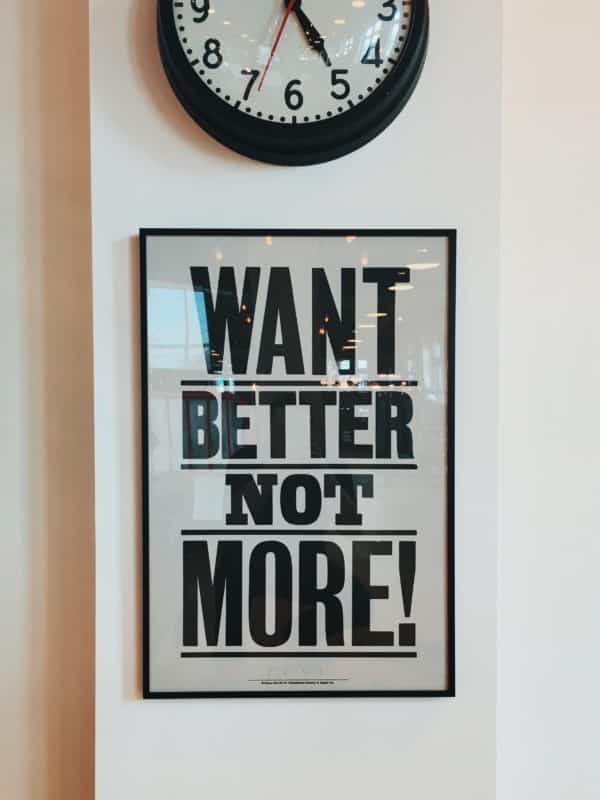In a previous post, we explored the notion of the Four Day Work Week. But recently, we’ve been reading up on a similar phenomenon known as the Five Hour Work Day.
It all started with this Fast Company article about Stephan Aarstol, CEO of Tower, a beach lifestyle company. Aarstol made a shift not only in the amount of hours employees worked per day, but also in how they were compensated. The results? Over 40% higher revenue annually.
So how did he do it? And is this something every company can implement effectively?

Execute carefully
Aarstol knew that this shift wasn’t something he could enforce overnight. He started by introducing the idea of “summer hours”. By making the change temporary, he put himself in the position to be able to switch things back around if the hours didn’t work out or hurt productivity. Lucky for him (and his employees), productivity soared and the 8-1 work day is now permanent.
Explain the whys
For Aarstol, the key to the success of the Five Hour Work Day was having a clear mission behind the change. He not only switched the hours, but also the compensation structure by offering employees a 5% profit share. By doing so, he enforced the importance of productivity, not just presence. He asked more of his employees in a shorter amount of time knowing that the rewards would be greater. He also knew this lifestyle might not serve everyone, and was therefore prepared to lose employees that might not fit into this new way of work. By keeping his mission at the forefront of the change, he was able to not only increase profits, but also increase compensation for his employees. Talk about a win-win.
Explore the change
While you may not work for a beach lifestyle brand, the Five Hour Work Day doesn’t have to be a far-off reality for all of us.
But how can we make the switch?
- Start at the top: Most managers think that employees who show the most “face-time” are also the most dependable. Make sure your management is rewarding and recognizing employees based on their output, not their time-clock.
- Provide concrete goals: Again, make it very clear why you’re making the switch and how you’re measuring productivity. Put measurable goals in place so employees know exactly what’s expected of them.
- Be flexible: Aarstol knew that this change would be difficult during certain busy seasons. He gave employees the freedom to leave after 1pm, understanding that special projects may require more time and attention. However, making this adjustment meant that 12 hour days became the exception, not the norm.
Could the Five Hour Work Day work for you? What hesitations would you have for implementing this change?
